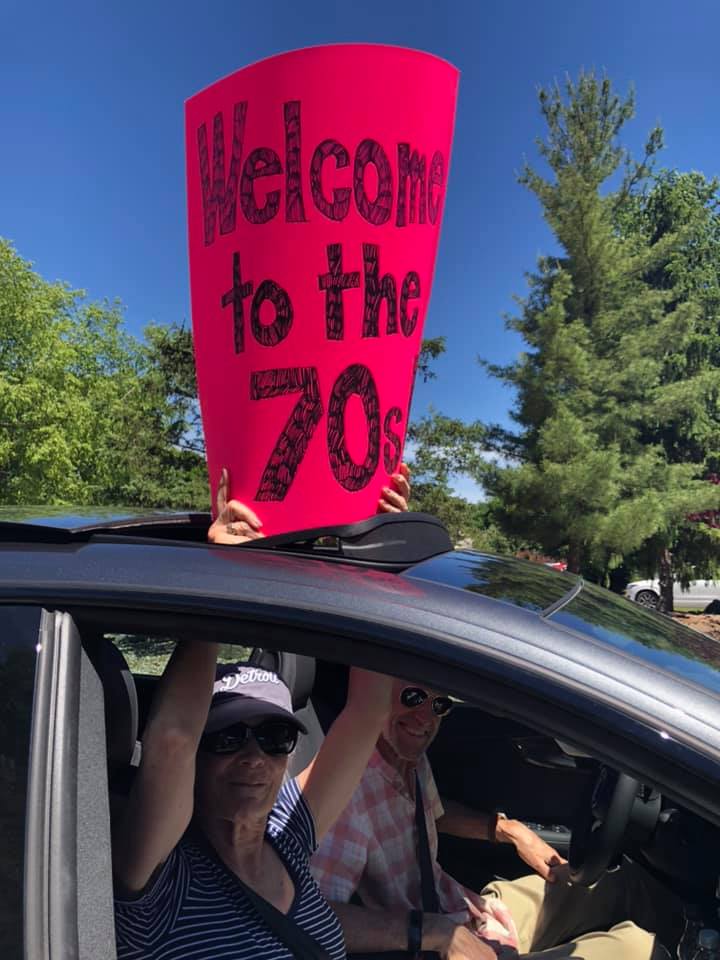
Since the first Model T rolled off Henry Ford’s assembly line, automobiles have gone beyond their original function as transportation. In its earliest years, the automobile was repurposed for use on the farm, the homestead, or family business. Through the process of what Kathleen Franz describes as “tinkering”, cars were often transformed into something other than what the manufacturer intended. Car engines were used to run farm equipment; makeshift pickups were created out of auto bodies and spare parts; bodies were chopped and streamlined for racing; cars were modified as campers for family outings. As the automobile became more available and affordable, it changed not physically and technologically, but the meanings ascribed to it were reshaped as well. The automobile became a place to demonstrate masculinity, authority, power, and skill. It offered the possibility of adventure, danger, exhilaration, and freedom. To the teenager, the car was a means to an expanded social life. The interior of the automobile became a location for conversation, escape, and lovemaking. It provided a space for alone time, with the opportunity to think, dream, wonder, and sing.
To women in particular, the automobile often served as a tool of domestic technology, a necessary instrument for the performance of household tasks. It was the child conveyor, grocery holder, and errand runner. As women took on the role of family chauffeur and provider of household services, the station wagon, minivan, small SUV, and crossover became “mom’s taxi”. To the middle class American woman, Ruth Schwartz Cowan writes, “the automobile had become the vehicle through which she did much of her most significant work, and the work locale where she could most often be found” (85). Since its inception, the automobile has been adapted to the needs, desires, and requirements of the individuals who use it.
In the twenty-first century, we now find ourselves in a particular moment that has witnessed a new reimagining of the automobile. As a recent New York Times article notes, due to the effects of the COVID-19 pandemic, “the car has been turned into a mini-shelter on wheels, safe from contamination, a cocoon that allows its occupants to be inside and outside at the same time” (Hauser and Levitt). The automobile is the means through which its occupants can participate in religious services, enjoy a drive in movie, or view art and photography exhibits, all while maintaining a safe social distance. It also serves as a source of celebration. Birthdays, weddings, baby showers, anniversaries, and graduations are experienced through the windows of sedans, pickup trucks, and convertibles, as well as mom’s minivan or SUV.
I recently had the opportunity to participate in two 70th birthday drive-by celebrations for family and friends. While the children of the birthday recipients had originally planned on sit down gatherings to celebrate the momentous birthdays, the pandemic forced them to improvise. Thus the birthday men and women were seated on front lawns, treated to a traffic jam of friends, family, colleagues, and assorted well-wishers. Automobiles were decorated with signs and balloons; kids blew bubbles out of windows; dogs wagged greetings from the front seat; cakes and cards were left curbside for the celebrated to enjoy. Although the time spent with the guests of honor was limited, it was wonderful to witness the joy and surprise as my husband and I vigorously waved and wished them the best. And although we had to drive a distance for each celebration [we won the came-the-furthest award on both occasions], the look on the faces of my sister and my friends made the trips more than worthwhile.
When the automobile first made its appearance nearly a century ago to fill a need for transportation, I suspect its inventors and manufacturers never contemplated the various and changing uses to which it would serve over the succeeding decades. Although the automobile has been the subject of continual criticism if not disdain since its inception, the current situation in which we find ourselves has reconstructed the car as a vehicle for good. This reimagining not only demonstrates the adaptability of the automobile, but displays the creativity, kindness, and care of the individuals who own and drive them.
Cowan, Ruth Schwartz. More Work for Mother: The Ironies of Household Technologies from the Open Hearth to the Microwave. New York: Basic Books, 1983.
Franz, Kathleen. Tinkering: Consumers Reinvent the Early Automobile. Philadelphia: The University of Pennsylvania Press, 2005.
Hauser, Christine and Judith Levitt. “Together, Alone: The Car as Shelter in the Pandemic.” nytimes.com 20 May 2020.